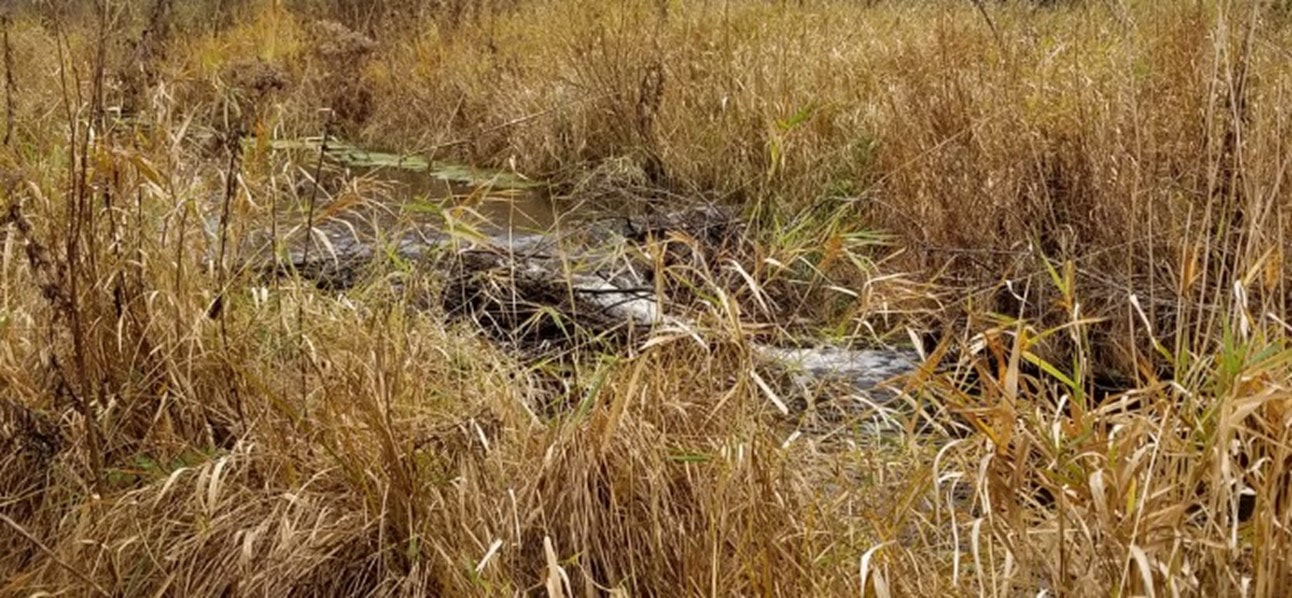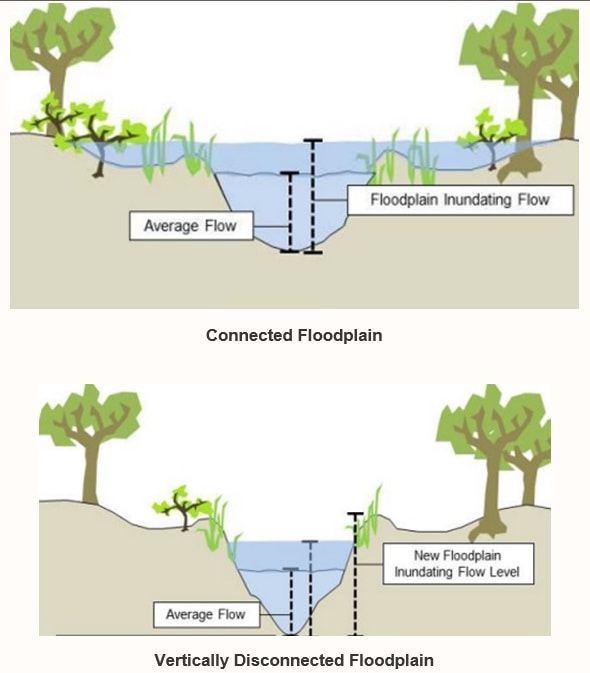|
This is an article from a recent newsletter from the Anoka Conservation District (ACD), in the Twin Cities area in Minnesota. Thanks to the ACD for their permission to share this article. Beavers Connecting Rivers to Floodplain Wetlands By Breanna Keith, Water Resources Technician, Anoka Conservation District During a recent site visit to explore wetland restoration opportunities, ACD staff came across a fantastic example of beaver's “engineering” skills in action! A series of three beaver dams, located near the outfall of a Rum River tributary, were effectively slowing and spreading the stream’s flow into the surrounding floodplain wetlands. Healthy connections between streams and their floodplains provide numerous water quality and habitat benefits, and in this case those benefits also extend to the Rum River immediately downstream. Many streams, in modified landscapes, take on excess water from artificial drainage features like ditches and storm pipes. Over time and especially during extreme precipitation events, these higher volumes of water often increase erosion within the stream, which can lead to the straightening and downward-cutting (“downcutting”) of the stream channel and, as a result, the disconnection of the stream from its floodplain (see the figures below, produced by American Rivers). Floodplain reconnection efforts are an increasing priority amongst many conservation organizations, but they can be costly and complicated – particularly if development has occurred within the floodplain. However, in areas where streams have room to spill into their floodplains, allowing and even promoting beaver activity can be a very cost effective way to help restore riparian corridor. Parks Canada's website has a wonderful piece about the benefits of beavers HERE. They list five big benefits that beavers impart with their engineering and hydrologic modification.
Comments are closed.
|
| LWV Upper Mississippi River Region | UMRR blog |



 RSS Feed
RSS Feed